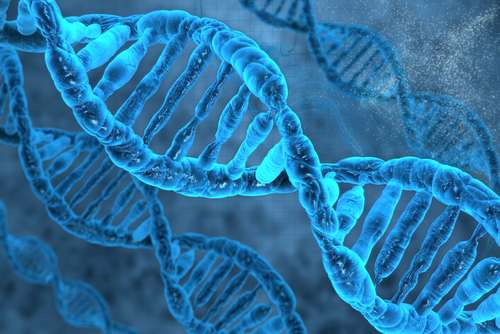The U.S. Installs New Guidelines for Genetic Testing Accuracy
 The National Institute of Standards and Technology (NIST), a division of the U.S. commerce department responsible for quality assurance for products, created new reference materials on Thursday to help laboratories verify the accuracy of genetic testing.
The National Institute of Standards and Technology (NIST), a division of the U.S. commerce department responsible for quality assurance for products, created new reference materials on Thursday to help laboratories verify the accuracy of genetic testing.
NIST is selling this material, a vial containing 10 micrograms of DNA taken from a woman of European ancestry, on its website for $450.
The hope is that this standard can be used among the scientific community to see how well their genomic analysis tools match up. If different laboratories are able to pinpoint the same aberrations in the same sample, scientists can be assured that their results from the gene sequencing process are on point.
Dr. Marc L. Salit, the head of NIST’s genome measurement unit, acknowledged to The New York Times that sending the same blood sample or tissue biopsy to different genetic testing labs can lead to varying results with significant differences.
“Now, for the first time, we have a standard to check the reliability and quality of gene sequencing,” Salit said.
Success of NIST’s reference material could induce a chain reaction in the field of precision medicine, a form of healthcare aimed at creating customized therapies for diseases based on an individual’s genetic profile.
Read More: IBM Starts New Precision Medicine Program
More reliable and high-quality results from potent genetic testing could help scientists find these treatments for patients suffering from a malady of diseases as well.
Health companies would be more confident placing genetic testing under their coverage plans if researchers were able to use the samples to show the precision and quality of their work, according to the Times.





